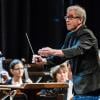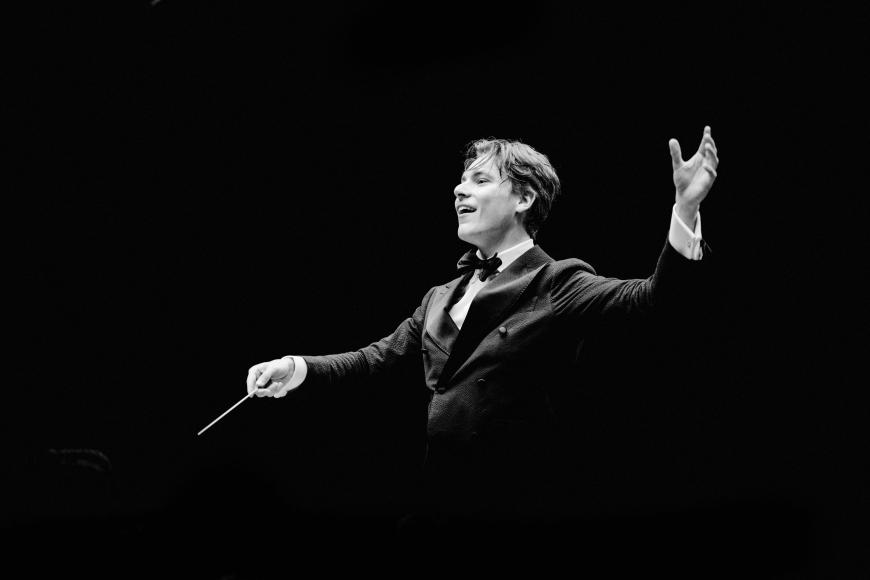
Klaus Mäkelä is the latest in a long string of Finnish conducting hotshots to make a major noise in the music world. But he has really upped the ante for forward career motion. He’s only 26, but already he has held posts with the Swedish Radio Symphony Orchestra (principal guest conductor), the Turku Music Festival (artistic director), the Oslo Philharmonic (chief conductor) and the Orchestre de Paris (music director).
If that wasn’t enough, Mäkelä just hit the jackpot: In June, the Royal Concertgebouw Orchestra of Amsterdam — one of the world’s elite corps — snagged him as artistic partner for the next five years, after which he will become the ensemble’s chief conductor for another five years at least. And for his recording debut — on Decca no less — he was allowed to record all of the symphonies of Jean Sibelius with the Oslo Philharmonic in one four-disc shot, thus confronting the most intimidating Finnish giant of all.
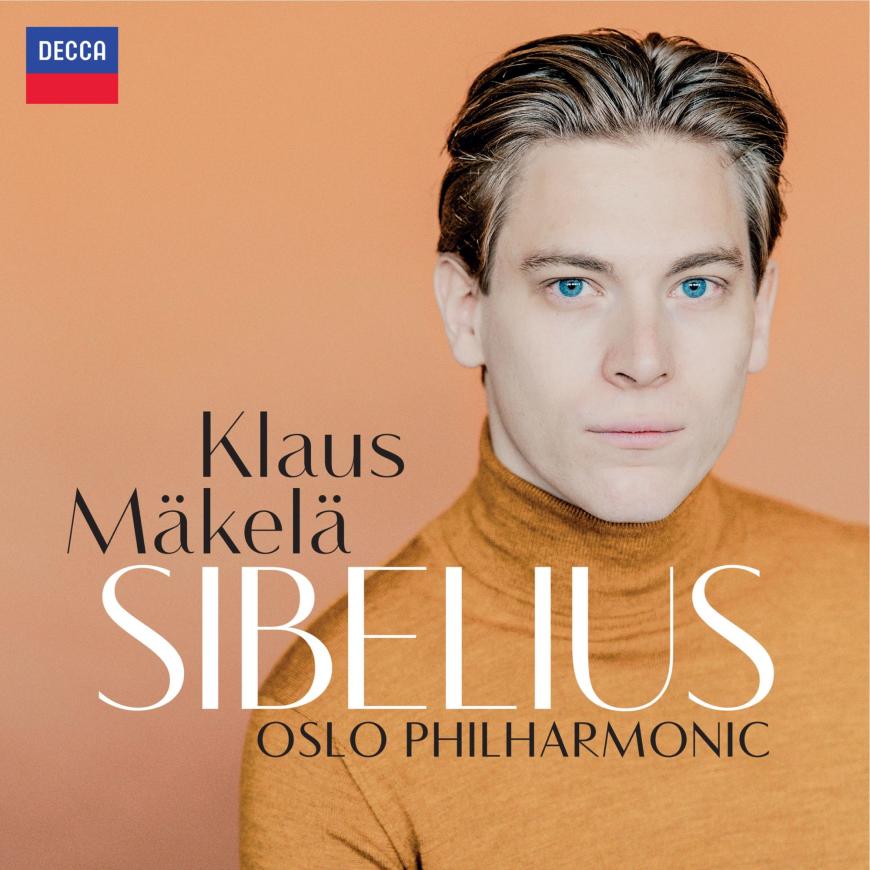
Is Mäkelä really that good this soon? And what does he have to say about Sibelius that might make this set competitive with revered recordings by Leonard Bernstein, Vladimir Ashkenazy, Lorin Maazel, Colin Davis, Herbert von Karajan, Eugene Ormandy, Paavo Berglund, Osmo Vänskä, and others still casting shadows. Not to mention, going further back in time, Robert Kajanus, Thomas Beecham, and Serge Koussevitzky.
Well, I do have my theories. From the evidence of these recordings, Mäkelä may have internalized the fairly recent realization that Sibelius was really a patron saint of minimalism. You hear Sibelius’s thrumming ostinatos and repetitive patterns that gradually mutate in the early works of John Adams — who has belatedly acknowledged the influence — and Philip Glass’s “Floe” (from Glassworks) paraphrases the big swinging tune in the finale of Sibelius’s Fifth Symphony over and over. In symphony after symphony, Mäkelä brings the string ostinatos front and center to a degree that most of his predecessors do not, which strikes me as a modernist feature.
On the other hand, Mäkelä also favors a lush, big orchestra texture that harkens back to Ormandy or Karajan, or later Sibelians like Ashkenazy. The Oslo Philharmonic plays beautifully on these well-recorded discs — and apparently had plenty of time to bring the performances up to a high level, for this was a spring 2021 pandemic shutdown project in which they worked only on Sibelius in the privacy of an empty hall under social distancing conditions.
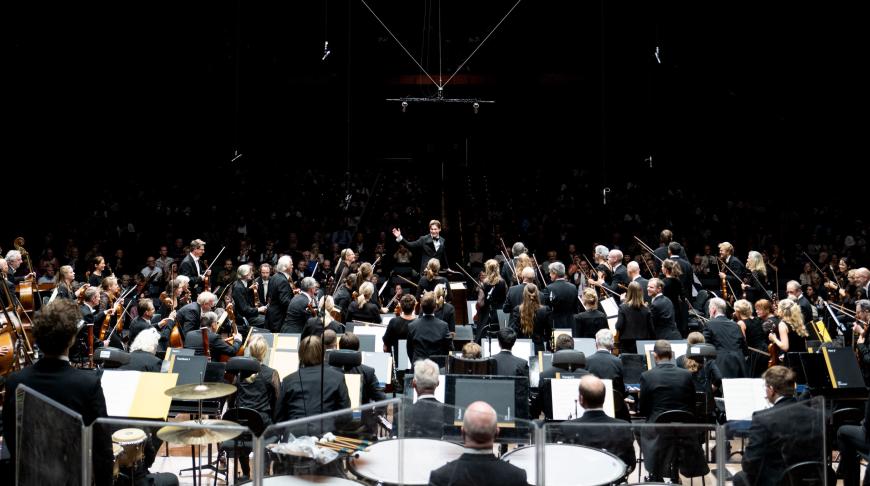
The lush approach works well enough in the Symphony No. 1, emphasizing Sibelius’s early Romantic roots with conventional middle-road tempos. It doesn’t work as well in the Symphony No. 2; Mäkelä doesn’t hold the structures of the first two movements together tightly enough; the scherzo needs more furious energy, and the flag-waving finale comes off straightforwardly but without thrilling payoffs. Symphony No. 3 comes out of the gate fast and fleet with good rhythm, but the second movement is very slow (Kajanus, who worked more closely with the composer than anyone else, took it even slower, but he got a lilting, folk-like feeling that eludes Mäkelä). The third movement is also deliberate in pace, but Mäkelä starts to make the most out of the string ostinatos that eventually dominate the main line in his hands.
With the strange, morose Symphony No. 4 — which looks even stranger on the page than it sounds — Mäkelä scores high in a performance that approaches the Colin Davis/Boston Symphony recording in darkness and desolation. The big, strong cello/bass/bassoon opening signals the intense performance to come. The tempos are slow, the tremolos are fierce, the brasses cut deeply, the ostinatos have a sharp, persistent groove. Did the pandemic contribute to the heightened terror and gloom in this performance?
There is plenty of mystery in the first movement of the triumphant Symphony No. 5 but not much force in the accumulating climaxes (check out Karajan for that). The second movement languishes aimlessly in its latter half; the sunlit finale has interesting, usually suppressed details, like wind staccatos, popping up, but overall it is not that convincing. Again, we look to Karajan for the magical floating quality in the opening measures of Symphony No. 6 that Mäkelä misses, although the young Finn gets better and more absorbing the further he goes, culminating in a long coda that sings out before turning deeply inward.
The Symphony No. 7 summarizes Sibelius’s achievement of going it alone on his own symphonic road in one mighty 20-minute-plus movement — and Mäkelä mostly realizes its accumulating power before coming down gently to a conclusion.
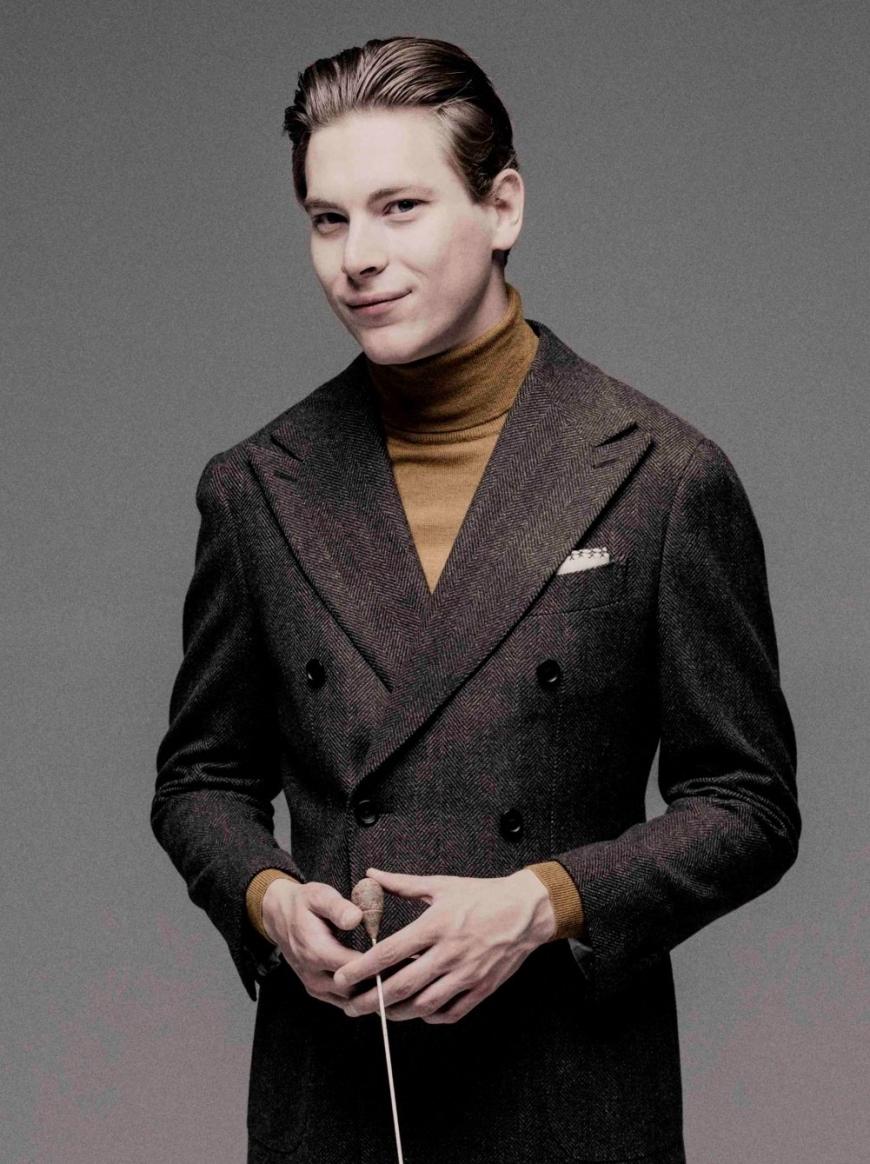
That is usually it for most cycles, but Mäkelä isn’t through yet. He resumes the grim isolation that the Seventh’s final C chord barely dispels with a killer performance of Tapiola, keeping the line moving slowly and steadily toward the big chromatic storm near the end, which comes off broadly and powerfully.
Then Mäkelä tacks on a real enigma, three tiny, recently discovered symphonic fragments that may or may not be pieces of the legendary, long-awaited, never-delivered Eighth Symphony, which Sibelius allegedly burned in his fireplace. The first fragment picks up from where Tapiola began — the same concentrated downcast mood but now a more tenuous relationship to tonality. The second fragment sounds like the beginning of a scherzo, the third is an adagio with string pizzicatos reaching back to the Fifth Symphony before two oboes peter out inconclusively. Sibelius seems to be repeating himself, unsure where to take it from there. They’re not quite the holy grail, but it’s good that Mäkelä included them — and if you are looking for something different from all the other sets except John Storgårds’s, there you have it.
Finally, on a personal note: This review is dedicated to my father, Dr. William Ginell, who passed away at age 98 on Sunday morning, July 31, as I was preparing this article. Sibelius was his favorite composer.



